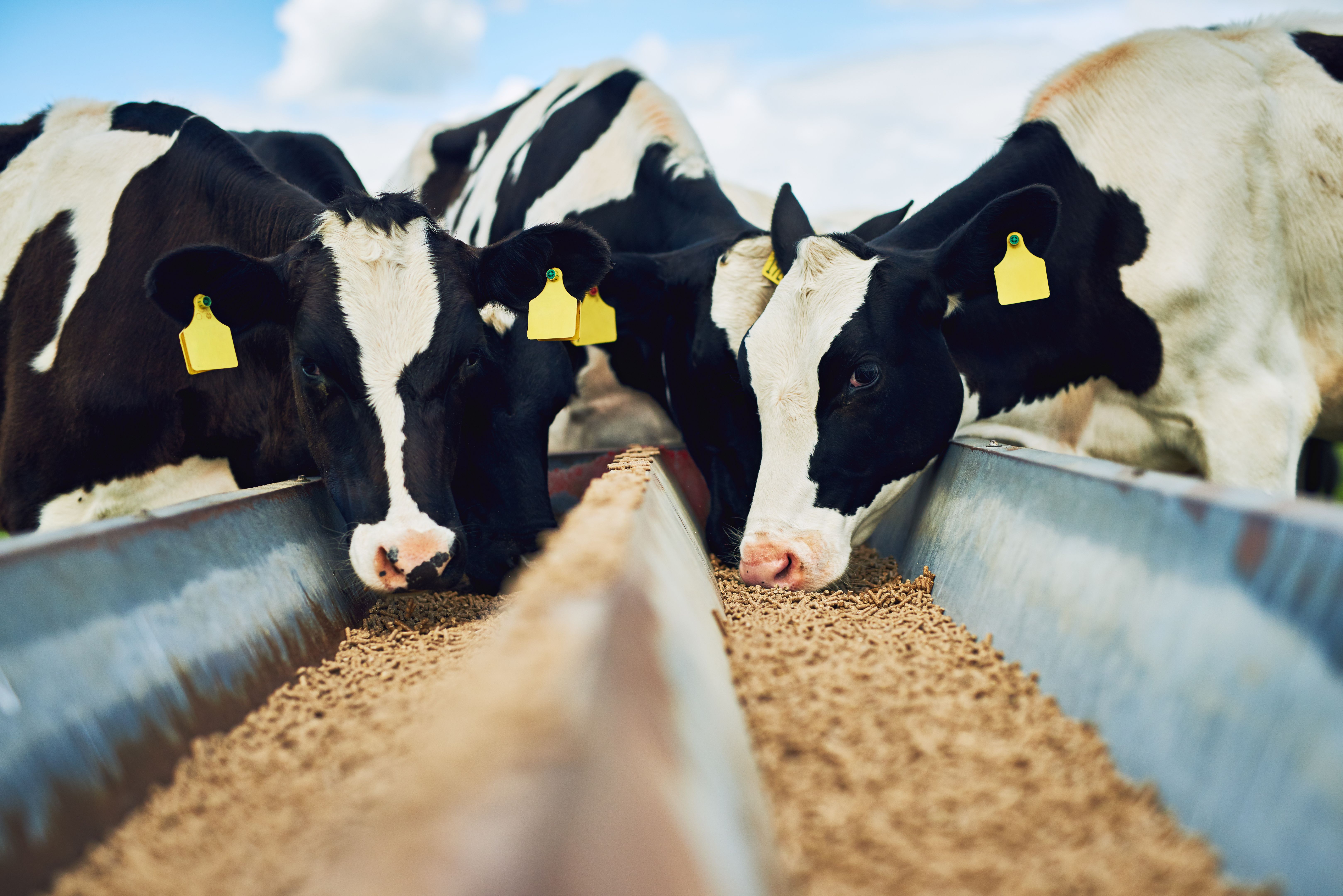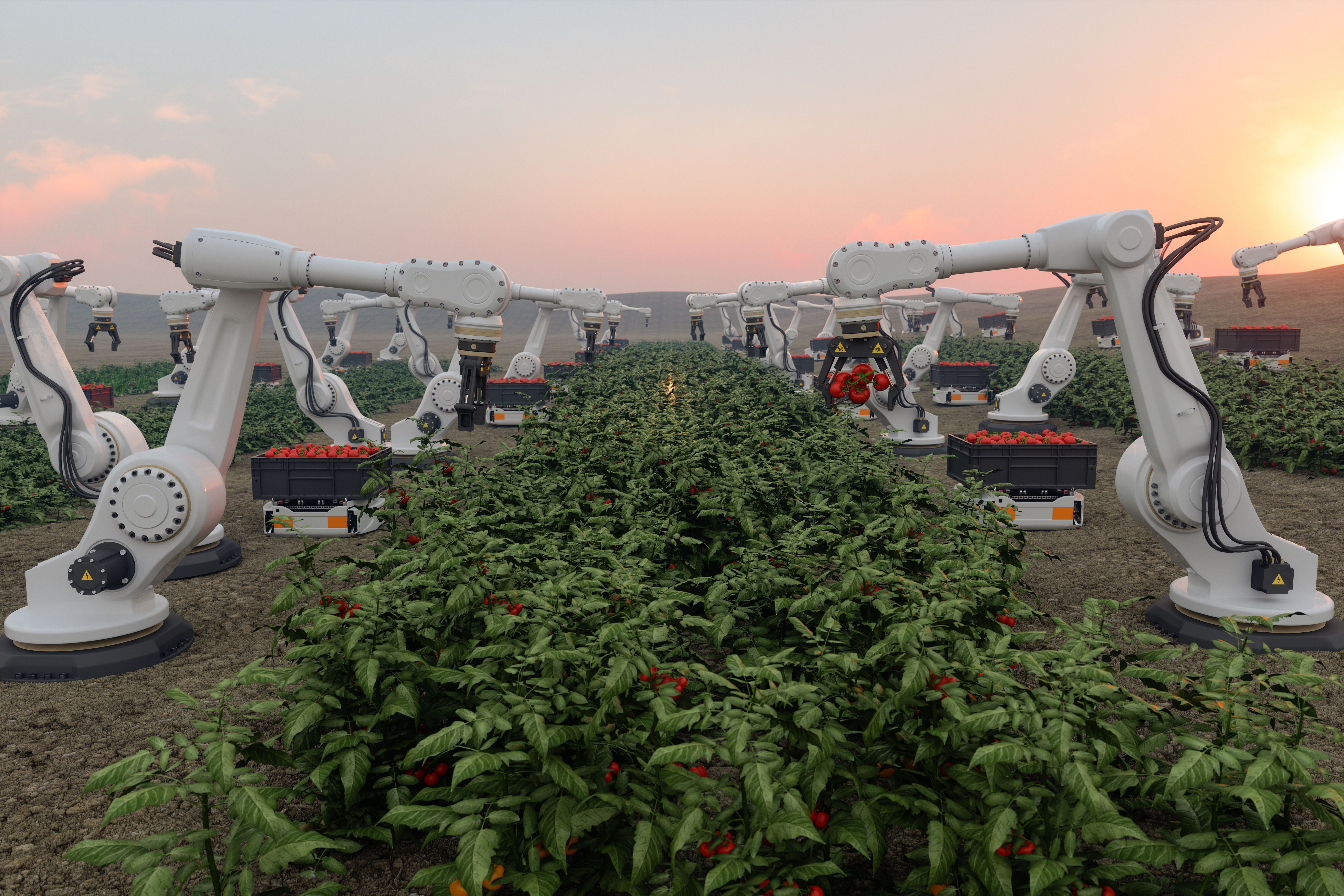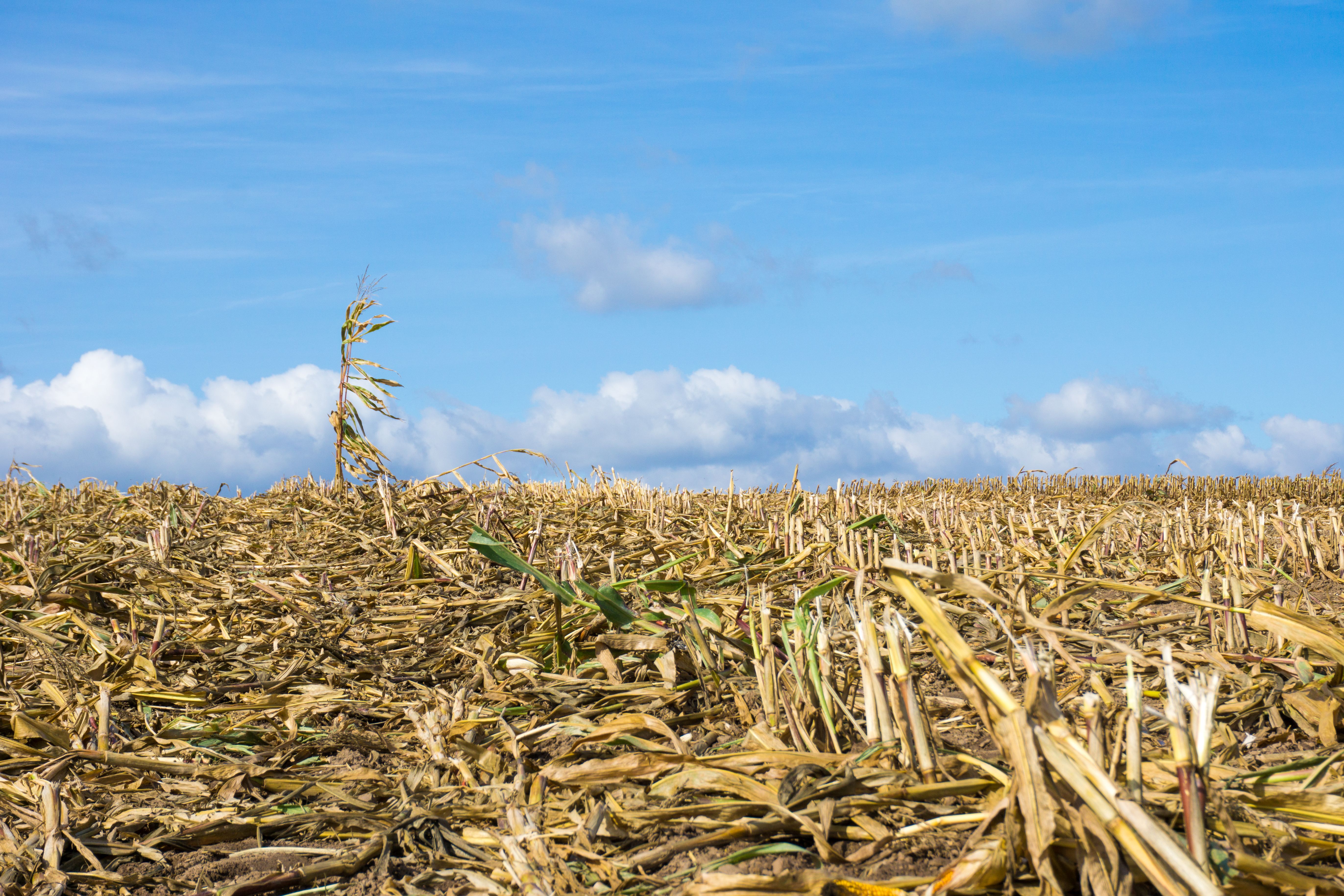The Future of Livestock Commodities: Navigating Demand and Supply Dynamics
Introduction
As the global population continues to grow, the demand for food resources, particularly livestock commodities, is experiencing significant shifts. The future of livestock commodities is shaped by a complex interplay of demand and supply dynamics, influenced by factors such as technology, climate change, and evolving consumer preferences. Understanding these dynamics is crucial for stakeholders in agriculture and food industries to navigate the challenges and opportunities ahead.

Changing Consumer Preferences
One of the most significant drivers of change in the livestock commodities market is the shift in consumer preferences. Today’s consumers are more conscious of their health and environmental impact, leading to an increased demand for organic and sustainably sourced meat products. This shift is also fueled by a growing interest in plant-based diets and alternative protein sources.
Retailers and producers are responding by diversifying their product offerings to include more organic, grass-fed, and free-range options. This transformation not only affects market prices but also requires adjustments in supply chain operations to meet new quality standards and certifications.
Technological Advancements
Technology plays a pivotal role in shaping the future of livestock commodities. Innovations in breeding, genetics, and animal health are enhancing production efficiency and sustainability. For example, precision farming technologies allow for better resource management, reducing waste and improving yields.

Furthermore, advancements in data analytics and blockchain technology are increasing transparency in supply chains. This transparency helps build trust with consumers who demand more information about the origin and safety of their food.
Impact of Climate Change
Climate change poses a significant challenge to the livestock industry. Extreme weather events, changing precipitation patterns, and fluctuating temperatures can disrupt production and affect feed availability. As a result, producers must adapt to mitigate these impacts through sustainable practices and resilient infrastructure.
Efforts are underway to develop climate-smart agriculture techniques that focus on reducing greenhouse gas emissions and improving carbon sequestration. These strategies are essential for ensuring long-term sustainability in livestock production.

Global Trade Dynamics
The global trade landscape for livestock commodities is increasingly complex, with tariffs, trade agreements, and geopolitical tensions influencing market dynamics. Exporters must navigate these challenges while maintaining competitiveness in international markets.
Trade policies can significantly impact supply chains, affecting everything from feed costs to pricing structures. Stakeholders must stay informed about policy changes and adapt their strategies accordingly to remain viable in the global marketplace.
Conclusion
The future of livestock commodities is shaped by a delicate balance of demand and supply dynamics influenced by consumer preferences, technological advancements, climate change, and global trade. Stakeholders must be proactive in adapting to these changes by embracing innovation and sustainability.
By understanding these dynamics, producers can better position themselves to meet the challenges and opportunities of tomorrow's market. Collaboration across sectors will be key to ensuring food security and sustainability in an ever-evolving landscape.
